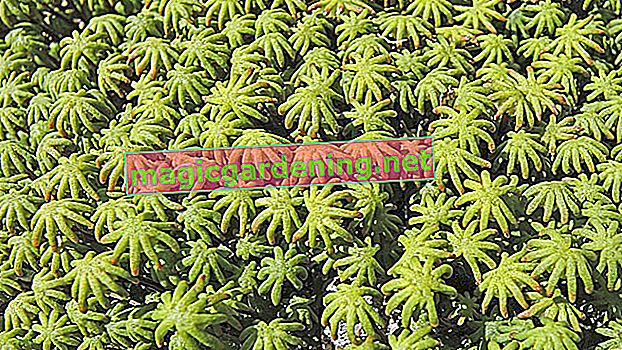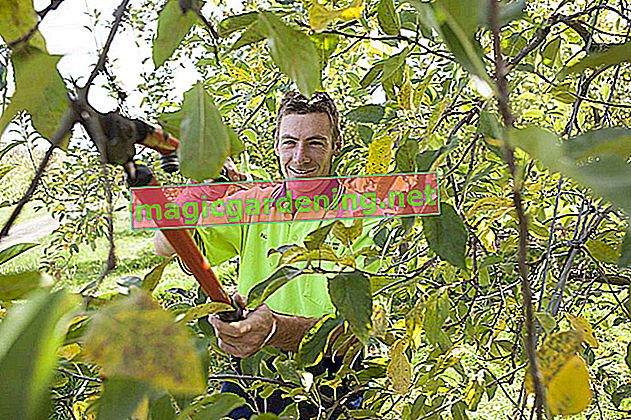
Systematics and appearance in brief
For almost 400 million years, moss has been able to assert itself in nature against all vicissitudes of plant life. Few plants can look back on such a long evolution. The following profile attempts to summarize the outstanding attributes of moss species:
- Moss Definition: Green, rootless spore plant
- Descent from the green algae (Chlorophyta)
- Main clan: Mosses (Bryophyta), liverworts (Marchantiophyta), hornworts (Anthocerotophyta)
- Number of known species: 15,000 to 20,000
- Cosmopolitan land plants for 400 to 450 million years
- Growth with shoot and leaflet or thallus as a multicellular vegetation body
- Rare reproduction in alternation of generations via spores and no seeds
- Heights of 1 mm to 20 cm, rarely higher
- Main distribution areas: Shady, humid locations with lean, acidic, compacted soil
also read
- This is how moss enhances your living space - tips for moss as a houseplant
- Combating moss naturally - How to remove moss biologically
- Is moss poisonous to humans and animals?
Fascinating properties
Systematics and appearance give hardly any idea what abilities moss has developed in the course of its evolution. These potentials rest in the inconspicuous plant:
- Problem solver: Green areas as ground cover where nothing else would grow
- Pointer plant: Indicates site conditions and saves time-consuming soil analyzes
- Natural insecticide and fungicide: Liverwort extract drives away voracious snails and works against fungal infections
- Cultivation aid: Sphagnum moss provides valuable assistance in the care of orchids
- Pollutant filter: Peat moss filters billions of tons of pollutants from the air worldwide
- Survivor: Withstand extreme drought and cold to return after years
Furthermore, moss is an indispensable component in the ecosystem. The plant offers microorganisms and beneficial insects a safe haven. Birds find nesting material here and insects find rich food. As a pioneer plant, moss settles in the most inhospitable places and is still busy photosynthesis in the shade.
Tips
Do you believe that the survival artist moss loses out in deserts? In the science magazine 'Nature Plant' in 2016, researchers reported on the deciduous moss species Syntrichia caninervis. This has developed an ingenious strategy to exist in a dust-dry desert. At the ends of their leaves there are extremely delicate hairs with which the moss itself can remove micro-fine water droplets from the air.








